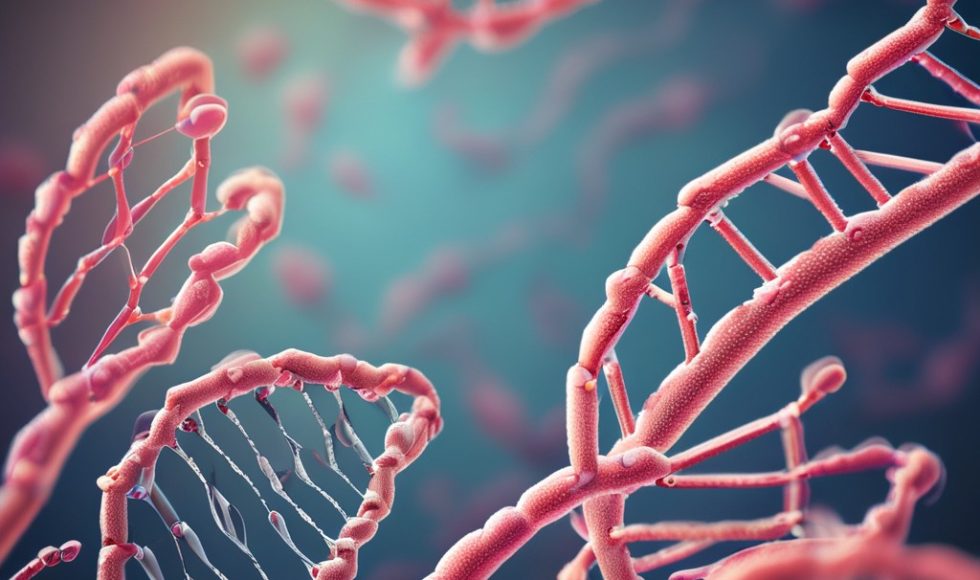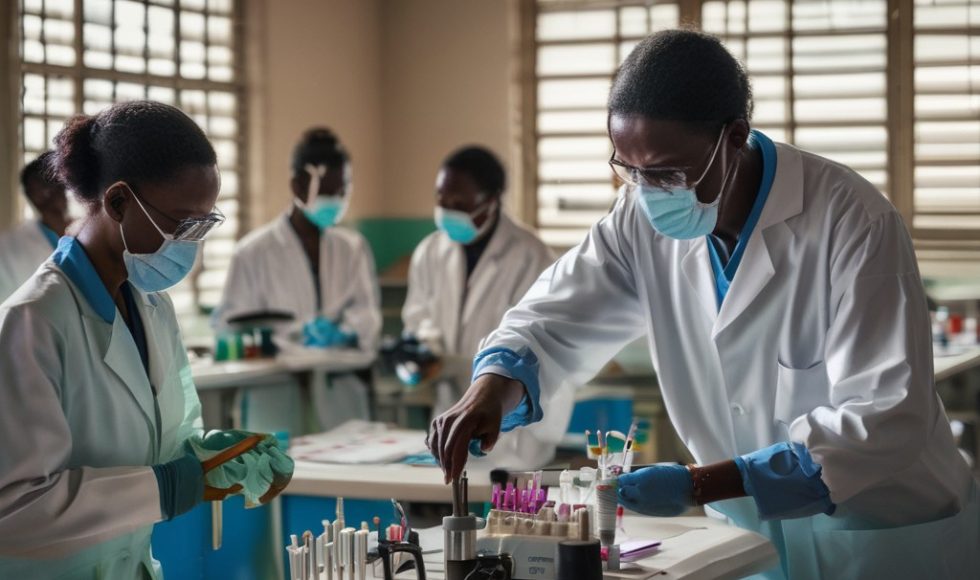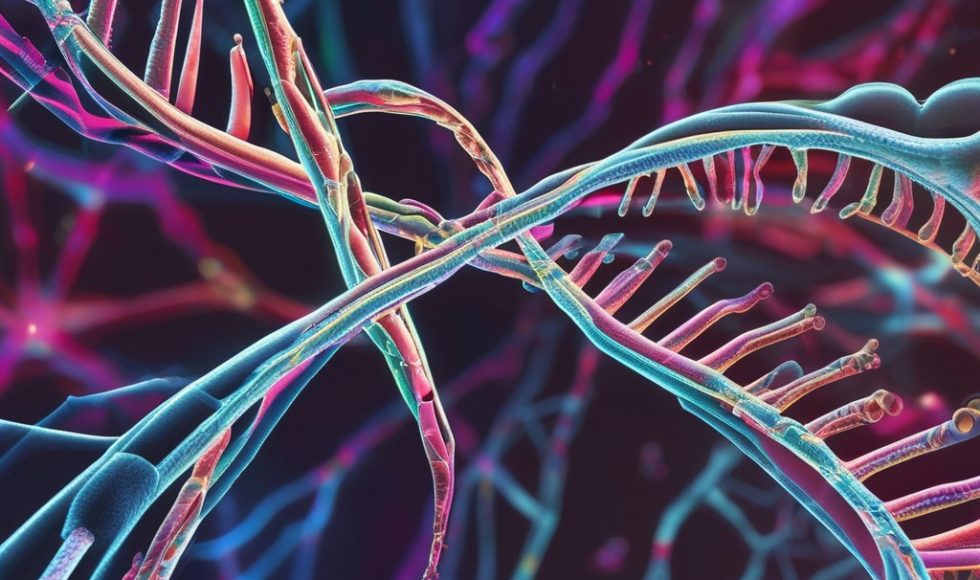Tjakko van Ham from the Erasmus University Medical Center in the Netherlands presented at London Calling 2024. The session was titled “Combined RNAseq and long-read sequencing for unsolved cases.” They began by describing how, in a diagnostic lab, exome sequencing is typically used. However, copy number variants, sequence variants, and non-coding variants may be challenging […]
Sergey Batalov from the Rady Children’s Institute for Genomic Medicine in the US presented at London Calling 2024 on “Patterns in genomic methylation determined with long-read sequencing.” Rady Children’s Institute is the only level four NICU in San Diego, Riverside, and Imperial counties. The Rady Children’s Hospital provides care to 256,000 kids/year! However, only 35% […]
Logan Mulroney from the EMBL-EBI & Center for Genomic Science at the Italian Institute of Technology in Italy presented at London Calling 2024 “A survey of human RNA modifications by direct RNA nanopore sequencing.” Mulroney described RNA modifications as “chemical alterations to canonical nucleotides” and mentioned that they have been implicated in diseases such as […]
Alex Shaw from the Imperial College London in the UK spoke at London Calling 2024 about “Early detection of poliovirus outbreaks in the DRC from 2021-2022.” They have been doing poliovirus sequencing training with partners for several years, focusing on direct sequencing methods with Nanopore: Direct molecular Detection and Nanopore Sequencing (DDNS). Shaw explained that […]
Temitayo A. Olagunju from the University of Idaho presented at London Calling 2024 on “Assembling a T2T cattle genome with Oxford Nanopore reads.”The breed of cattle they focused on is the gyr, with a characteristic hum on the back and important for milk production. They are often intercrossed/interbred with other bos cattle for their features […]
Tonight, I watched Jade Foster from the University of Southampton in the UK present at London Calling 2024. The session’s title was “Identifying m6A RNA modifications in neuroblastoma cell lines.” They explained that epitranscriptomics describes the modification of RNA molecules. There are over 150 RNA modifications determined by readers, writers, and erasers! This process is […]
Sofia Kudasheva from Earlham Institute in the UK spoke at London Calling 2024 about “Long-read CaptureSeq identifies novel RNA isoforms of psychiatric risk genes.” They noted that alternative splicing is “a key regulator of neuronal differentiation,” occurring in 95% of human genes and involved in disorders. The team wanted to better understand the role of […]
Tonight, I watched the London Calling 2024 session by Julie Dragon from the University of Vermont. The title was “Shining Light on a Dark Mystery: melanoma in Bullhead Benthic Fish in Lake Memphremagog.” Dragon stated the problem: melanoma is found consistently in 30% of one species of fish in one lake! The brown bullhead is […]
Michael Nakai from the Peter MacCallum Cancer Centre in Australia spoke at London Calling 2024. The session title was “Isopod: detecting differential isoform usage from long-read single-cell data.” Nakai is a Ph.D. candidate and explained why we are interested in isoforms and splicing events. With long-read sequencing, information about splicing and different isoforms can be […]
We had a productive and fun day working in Minneapolis on the PALM and Vision and Change project! I am glad I was able to come here and work with friends. Tonight, I watched the London Calling 2024 session “Plant T2T genome assembly using ultra-long and adaptive nanopore sequencing” by Bosheng Li from the Institute […]











